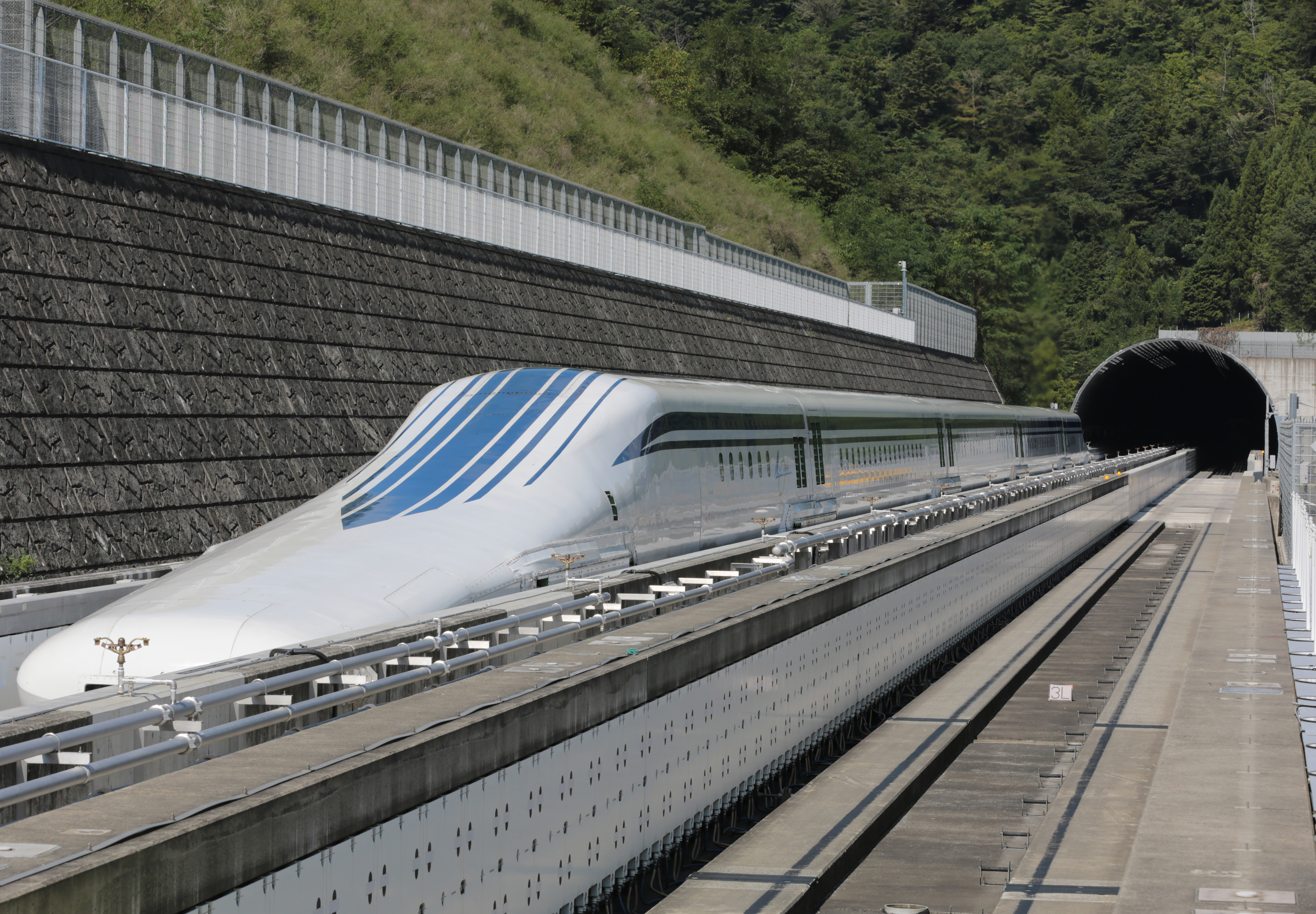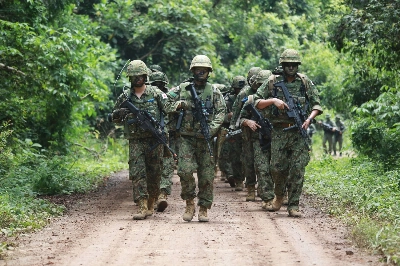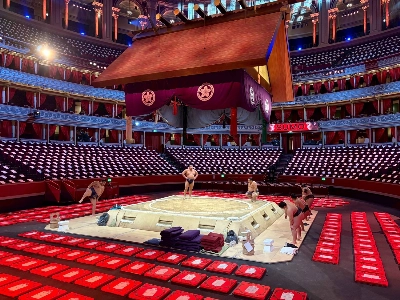Last week the Fuji TV variety show "Real Scope" covered Japanese railroads. Most of the celebrities in the studio were densha otaku (train geeks), so it was one big love-in for railways and the people who operate them. However, the entire two-hour program focused on only two systems: the super express Shinkansen and Tokyo's subways.
There are many private rail companies in Japan, so why only those two? Money, apparently. JR Tokai, usually referred to as Central Japan Railway in English, which runs the main Tokaido Shinkansen, boasts the highest profits of all rail transportation companies in Japan, and Tokyo Metro, one of the two subway systems in the capital, is fourth on the list.
Profitability in this case has less to do with Japan's famously efficient service and vanguard technology than with circumstance: Both systems are in Tokyo. The subways, of course, run through the whole city. JR Tokai serves the region between Tokyo and Osaka, but doesn't make money on its regular train lines. It makes money on the Tokaido Shinkansen, which connects Western Japan to Tokyo. It makes so much money from this line, in fact, that it is using the profits to build the futuristic magnetic-levitation (maglev) shinkansen, which will shorten the journey between Tokyo and Nagoya from 100 minutes to 40.


















With your current subscription plan you can comment on stories. However, before writing your first comment, please create a display name in the Profile section of your subscriber account page.